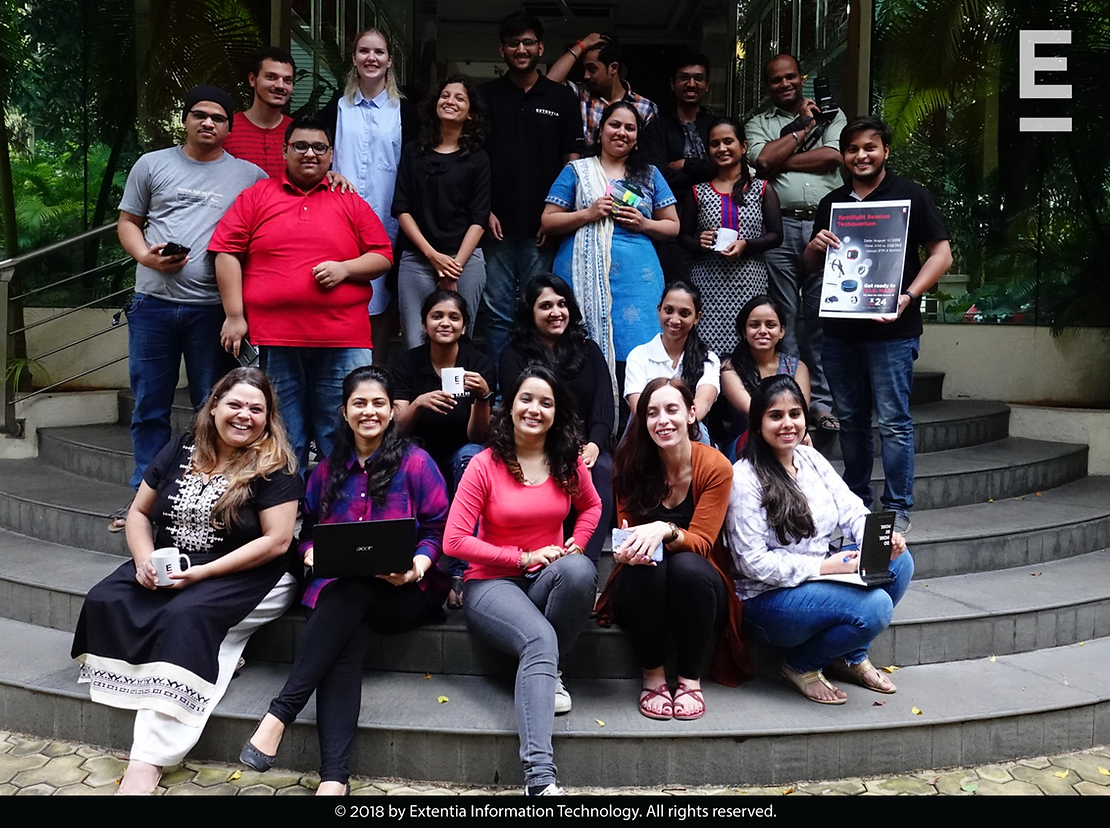When using open source software, it is essential to understand the different types of licenses. Each license has rules governing how the software is used, copied, and modified. A closer look at the most common types of open source licenses is necessary.
Volunteers built open source software, which is often shared for free. While there are many different licenses governing it, they share a few key characteristics:
The source code must be publicly available
Users are free to redistribute and change the software
The license cannot restrict any other freedoms, such as the right to sell the software
There are many distinct types of licenses in open source software. This article will give an overview of the most common license types and describe them in detail. Each license type has its own rules and regulations for using the software. If you are unfamiliar with the license, you should read it before downloading or using the software. The most common license types are GNU General Public License (GPL), Mozilla Public License (MPL), and Apache License.
Popular License Types
There are many kinds of licenses available currently in the market. Each one has its own rules and regulations. It defines how one can use the software and change it.
There are two main types of licenses: Copyleft and Permissive. Copyleft licenses require that any derived work also has a copyleft license to ensure that the code remains open and accessible to everyone. Permissive licenses allow developers to add closed-source code to the project if they follow the licensing terms.
Some popular open source licenses are the GNU General Public License (GPL), the Apache License, and the BSD License. These licenses allow developers to use, change, and redistribute the code.
There are also several public-domain-equivalent licenses. These include the MIT License and the Mozilla Public License. These licenses provide all the legal benefits of being in the public domain. But they also have some necessary provisions for attribution and copyright notification.
Security Implications of Open Source Software
When discussing open source software, it is essential to consider the security implications. Thanks to its many contributors, open source software is typically more secure than proprietary software. But, there are times when open source licenses focus on something other than security.
For instance, some open source licenses may allow developers to use the code in different ways than intended by the creator. This leaves some gaps in security. Additionally, specific open source licenses may lead to more significant vulnerability exploitation, mainly due to the ease of access and third-party willingness to change and enhance code.
Open source software can be more secure, allowing developers to review the source code and spot any potential vulnerabilities. But, there is an increased risk with open source software as anyone can view the code, making it easier to find weaknesses and take advantage of them.
All in all, security in open source software depends on various factors such as,
How well-maintained the code is
The qualifications of developers working on it
How much attention does security receive when creating and deploying updates?
Despite these potential risks, there are still many benefits to creating open source software. OSS provides more opportunities for developers to find and fix security issues. But, companies should take extra precautions when using this type of software to ensure the best possible levels of security.
FAQs on Open Source Licenses
We have discussed the several types of open source licenses. Now let us address some of the most common questions people have about them. Some of the most asked questions in this regard include:
Q: What is an open source license?
A: Open source licenses are agreements between the creator of an original work and the public that permits others to use, change, and build upon the work.
Q: What are some examples of open source licenses?
A: Popular examples of open source licensing includes
GNU General Public License (GPL)
MIT License
Apache License 2.0
Creative Commons Attribution-ShareAlike 4.0 International (CC BY-SA 4.0).
Q: What are the pros and cons of using open source software?
A: The major pro to using open source software is that it often provides more security than proprietary software, as experts worldwide can review the code. Yet, using it could be a drawback as it may need more technical skill to use and maintain than proprietary software.
Key Takeaway
Open Source Software can be beneficial for businesses and organizations. It provides a cost-effective way to get high-quality software. But, it is essential to understand the different types of licenses associated with open source software and ensure that you are using the software in compliance with the law.
There are four main types of licenses for open source software:
Permissive
Copyleft
Weak copyleft
Public domain
Each license type has its strengths and weaknesses, so choosing the one that best suits your needs is vital. Security is another important consideration when using open source software. Open source software is generally more secure than proprietary software.
At Extentia, we strive to educate our readers about various aspects of a topic we have chosen to discuss. We hope you found this blog helpful, and please stay tuned for the next one!




